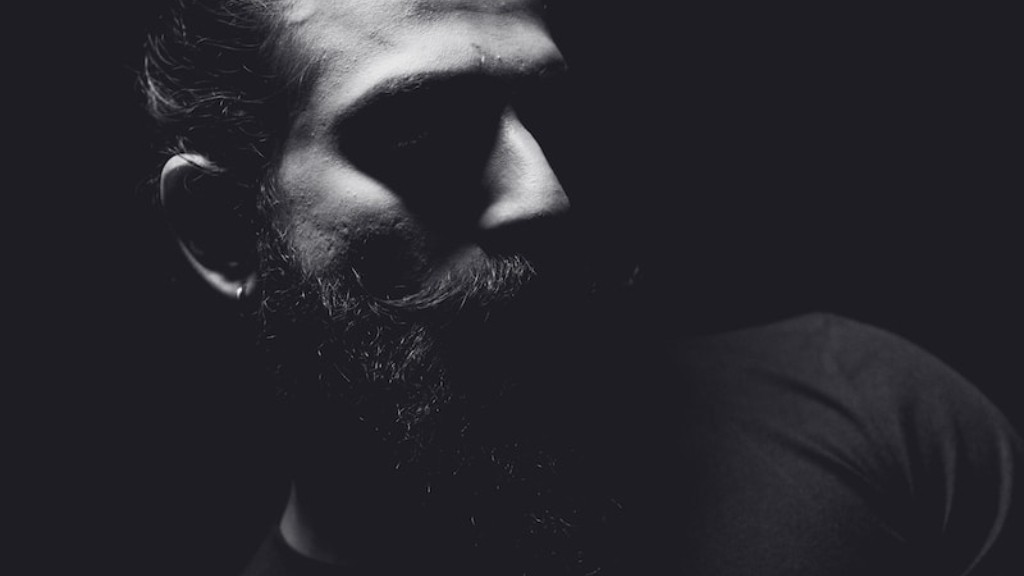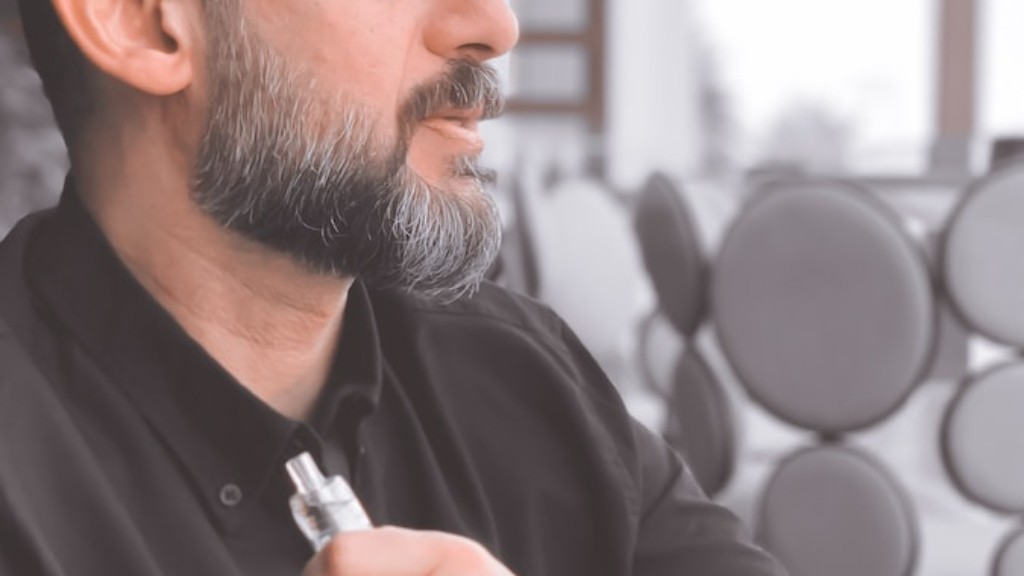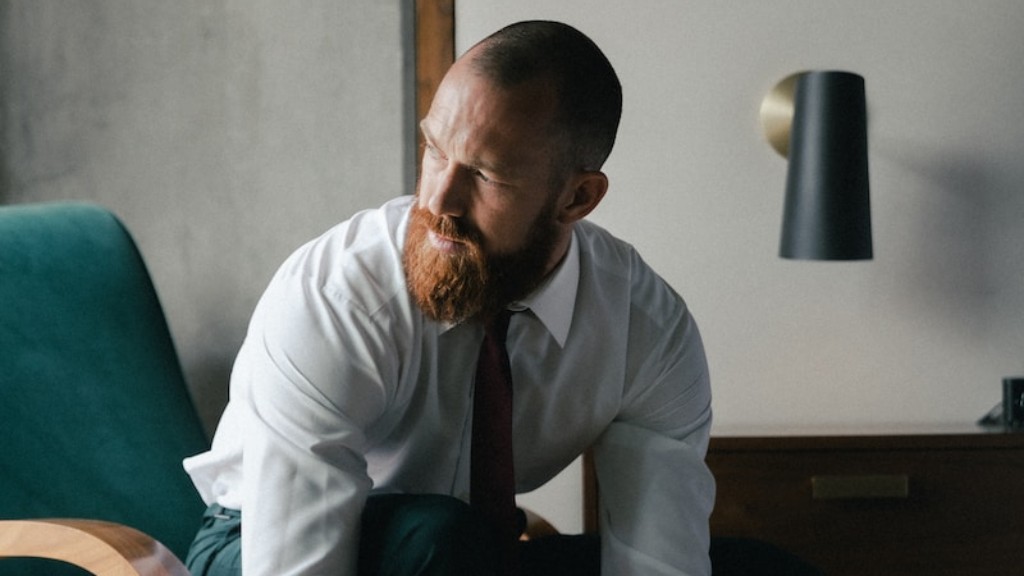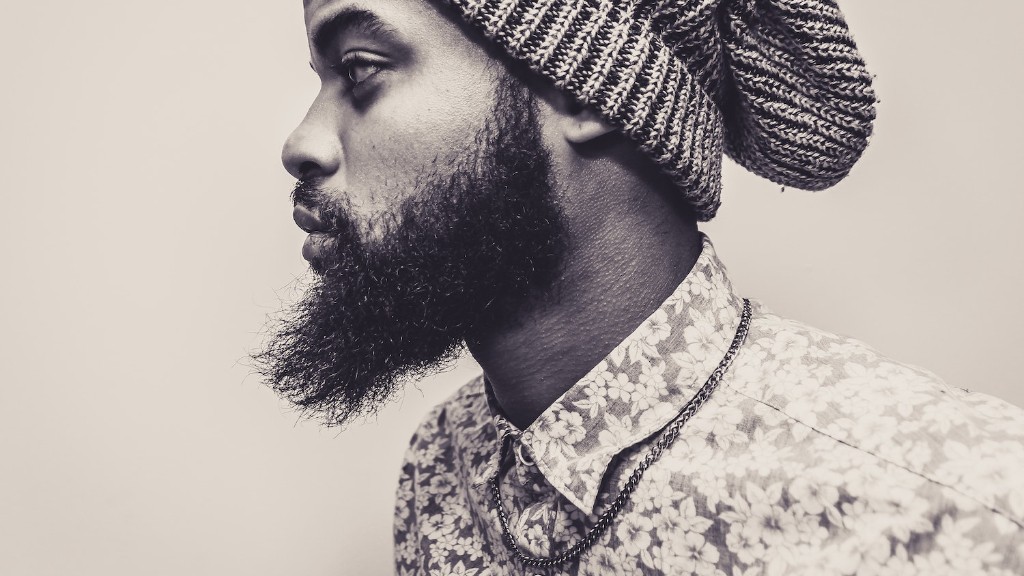The short answer is yes, it is possible for dyeing your beard to cause itchiness. This is usually caused by an allergic reaction to the chemicals in the dye, and it can range from a mild irritation to full-blown hives. If you’ve never dyed your beard before, it’s best to do a patch test first to see if you’re allergic to the dye. If you are, you might want to consider using a dye that is specifically made for beards, as these often have fewer allergens.
There is no definitive answer, as people can have different reactions to different products. However, some people may experience itching after using beard dye, so it is best to test it on a small area first before using it on your whole beard.
How do you stop beard dye irritation?
If you have a reaction, you can try a few things to relieve your symptoms. If your skin is very red, sore, and inflamed, you can try using a steroid cream. Antihistamine medicines can also help reduce skin inflammation and itching. If your symptoms are severe, you should see a doctor.
Hair dye allergy symptoms can be very uncomfortable and even dangerous. If you experience any of these symptoms, it’s important to stop using the hair dye immediately and seek medical help.
How long does itching from hair dye last
Contact dermatitis is a condition that can cause eczema, redness, blistering, and itching of the scalp, face, and neck. These symptoms usually occur one to two days after coloring. The user may also experience swelling, especially in the forehead and around the eyes. The allergic reaction can last from about one week to several months.
If you are experiencing any kind of skin reaction to hair dye, it is best to discontinue use and consult a doctor. There are many gentle and natural hair dyes on the market that will not cause any skin reactions, so it is worth looking into these options. In the meantime, try to soothe your scalp with a cool, damp cloth and avoid using any other products on your hair until the reaction has cleared.
Why you shouldn’t dye your beard?
As you may know, any type of coloring product is going to do some form of damage to your beard hair, even if it’s mild. Our beards are very sensitive in that the strands are more prone to damage than the hair that’s on our head. It’s important to be careful when using any type of coloring product on your beard, and to always follow the directions on the package.
If you are looking to dye your beard a darker color, you will likely need to apply the dye more than once to achieve the desired look. Follow the instructions on the packaging to get an idea of how long you should let the dye set up (this will usually be somewhere between 20-40 minutes). For darker beards, a second application may be necessary to achieve the right depth of color.
What does a hair dye allergy look like?
If you experience any of these symptoms after using a hair dye, it’s possible that you’re allergic to one of the ingredients. The best way to confirm an allergy is to see a doctor for testing. In the meantime, you’ll need to find a hair dye that doesn’t contain the offending ingredient.
Hypoallergenic products are those that are less likely to cause an allergic reaction. Some common hypoallergenic products include Madison Reed Radiant Cream Color, Henna Color Lab Pure Henna Color Hair Dye, Good Dye Young, and Manic Panic Hair Dye.
Can a hair dye allergy go away
If you have developed an allergic reaction to hair dye, it can be very uncomfortable. Most people develop a red, itchy rash. This can sometimes cause swelling or blisters and be painful. It varies from person to person, but reactions typically last anywhere from a few days to as long as eight weeks.
Conducting a patch test is recommended before you apply hair dye to your hair. The ingredient that has a reputation of causing these reactions is PPD. To avoid allergies from hair dyes, you could opt for hair colors that use para-toluenediamine (which is considered safer) or henna.
How can I cover my GREY hair if I am allergic to hair dye?
Looking to add some dimension to your hair or cover up some greys? Try using coffee! Just brew a strong cup of coffee (espresso works well), let it cool, and then mix it with some leave-in conditioner and 2 tablespoons of coffee grounds. Apply the mixture to clean hair and allow it to sit for about an hour.
If you are experiencing itchiness, there are a few things you can do to help ease the sensation. First, avoid anything that is triggering the itchiness. Second, keep your skin moisturized. This will help to soothe the skin and prevent further irritation. Third, use creams, lotions, or gels that contain ingredients that will cool and calm the skin. fourth, take a bath in warm water to help relax the body and ease the itchiness. Finally, try to reduce stress or anxiety, as this can also worsen itchiness.
Why is my skin so itchy
The main causes of itchy skin are skin conditions and internal diseases. Skin conditions can be caused by dry skin, eczema, psoriasis, scabies, parasites, burns, scars, insect bites and hives. Internal diseases can be caused by a variety of factors including allergies, kidney or liver disease, thyroid problems, cancer and blood disorders.
Dyes can cause allergic reactions in some people. Red 40 and Yellow 5 are two of the most common dyes that can cause problems. If you are allergic to one of these dyes, you may experience symptoms such as hives, swelling, itching, and difficulty breathing. If you suspect that you may be allergic to a dye, it is important to see your doctor for testing.
What happens if you leave beard dye on too long?
Washing the dye solution out too quickly will likely leave you with an unfinished-looking beard because the dye will be too light. However, leaving the dye in too long will leave no natural variation between your beard hairs, and you will look as though you painted your beard an unnaturally dark color.
We would strongly suggest avoiding dying the beard, as the chemicals in dye products can damage the skin. The scalp is pretty tough, but the face is much more sensitive, so normal hair dye is not a good idea for your face.
Conclusion
Beard dye can cause itching for some people. If you are allergic to the dye or have sensitive skin, you may experience itching after dying your beard. If you notice any itching, redness, or swelling, you should stop using the dye and seek medical attention if necessary.
Itching is a possible side effect of using beard dye. If you experience itching after using beard dye, you should stop using the product and consult a doctor.





